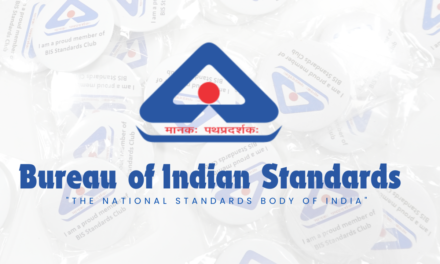What are the primary uses of jute in handicrafts, and how does its texture influence design?
Jute, often referred to as the “golden fiber,” is a versatile natural fiber extensively used in the production of handicrafts. Its durability, eco-friendliness, and rustic aesthetic make it a popular choice for artisans worldwide. Here are the primary uses of jute in handicrafts:
1. Bags and Totes:
- Jute handbags, totes, and shopping bags are among the most common handicrafts made from jute.
- Its durable and lightweight properties make it ideal for carrying groceries or personal items.
- Often decorated with embroidery, block printing, or painted designs, these bags appeal to eco-conscious consumers.
2. Rugs and Mats:
- Jute is frequently used in crafting woven rugs, doormats, and carpets due to its strong, coarse texture.
- Its natural earthy tones and ability to hold intricate woven patterns make jute rugs a stylish yet functional choice.
3. Wall Hangings and Décor:
- Artisans use jute to create wall hangings, macramé art, and dreamcatchers.
- The fiber’s ability to retain shape and hold knots lends itself well to bohemian-style décor items.
4. Storage Baskets:
- Jute is used to craft baskets for storing household items, such as toys, laundry, or plants.
- These baskets are appreciated for their sturdiness and natural aesthetic.
5. Jewelry and Accessories:
- Jute is crafted into earrings, bracelets, necklaces, and hairbands, often adorned with beads or stones.
- Its soft yet firm texture allows it to be twisted, braided, or knotted for unique designs.
6. Tableware and Coasters:
- Items like placemats, coasters, and table runners are commonly made from jute.
- Its ability to absorb spills and its natural rustic appearance enhance dining aesthetics.
7. Furniture Upholstery and Cushion Covers:
- Jute fabric is used for upholstery, cushion covers, and ottoman wraps, giving furniture a natural and organic look.
- It blends well with rustic and minimalist design themes.
8. Gift Wrapping and Packaging:
- Jute ribbons, strings, and wraps are used to create eco-friendly gift packaging.
- The coarse texture adds a unique charm, often complemented by decorative elements.
How Jute’s Texture Influences Design:
Jute’s coarse, fibrous texture significantly influences its application in handicrafts, shaping both its aesthetic appeal and functionality:
- Rustic Aesthetic:
- Jute’s rough texture gives it a raw and earthy appearance, making it ideal for rustic and vintage-style designs.
- Its natural golden-brown hue enhances designs that emphasize sustainability and organic living.
- Durability:
- The fiber’s strength ensures that jute-made handicrafts are long-lasting, making it suitable for items like bags, baskets, and rugs that endure regular wear and tear.
- Weaving and Knotting:
- Jute’s texture allows for intricate weaving, braiding, and macramé designs, which are popular in decorative items such as wall hangings and furniture covers.
- Absorption and Printability:
- The fiber’s ability to absorb dyes and paints makes it a good canvas for colorful prints or hand-painted designs.
- However, its coarse surface can limit the fineness of detailed designs, steering artisans toward bold patterns.
- Eco-Friendly Appeal:
- The texture aligns with the sustainable design trend, as it evokes a sense of natural and handcrafted authenticity.
- The texture aligns with the sustainable design trend, as it evokes a sense of natural and handcrafted authenticity.
Jute plays a pivotal role in the handicraft industry, offering a sustainable, durable, and aesthetic material for a variety of applications, from bags and rugs to wall décor and jewelry. Its coarse texture and natural color influence both the functional and design aspects of jute handicrafts, enabling the creation of rustic, sturdy, and visually appealing products. With growing consumer interest in eco-friendly and artisanal goods, jute continues to be a material of choice for handicraft artisans globally.








